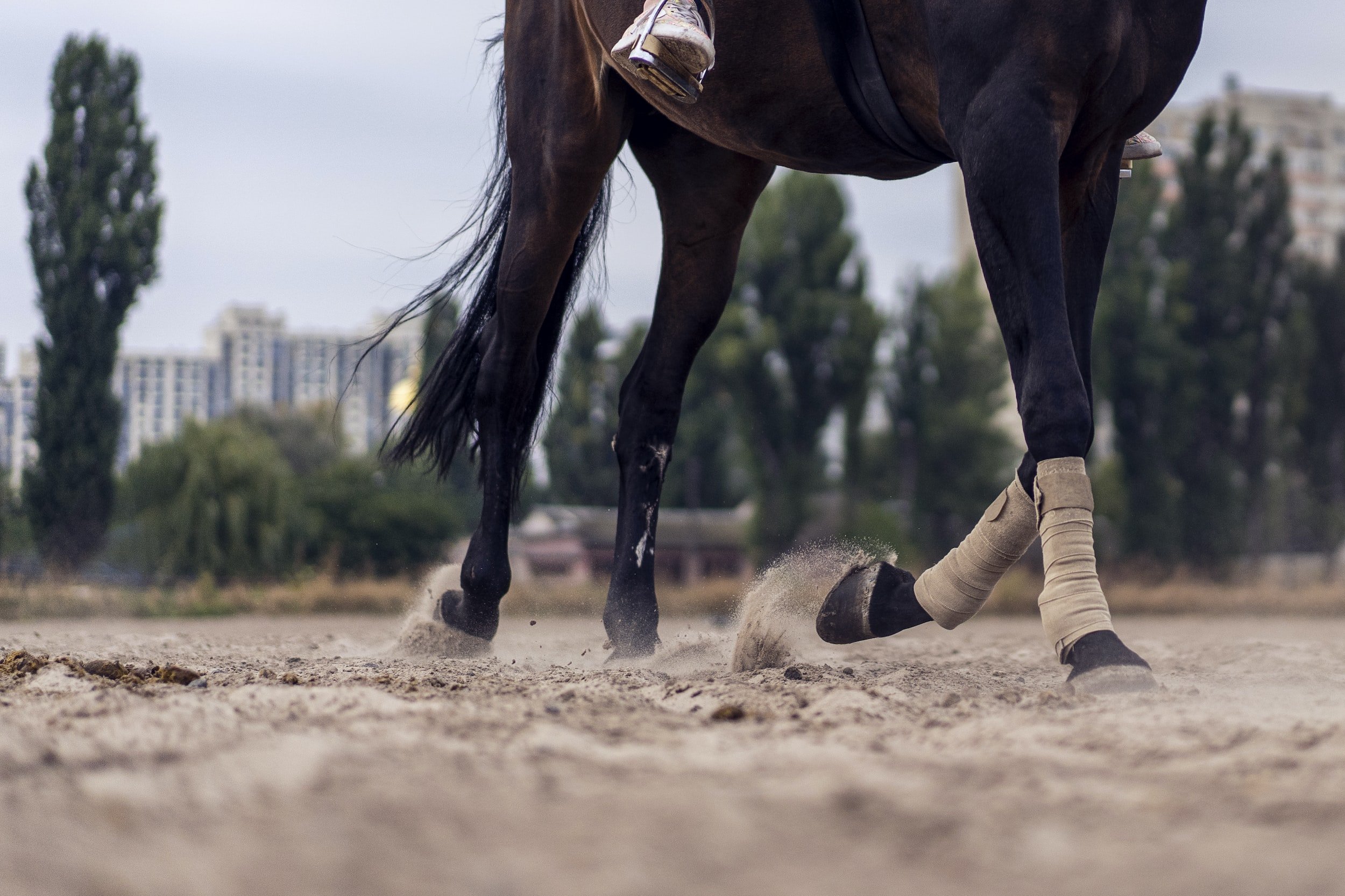Transitioning from Horse Shoes to Barefoot
There has been a huge shift towards keeping horses barefoot and without metal shoes. Sometimes this transition is easy, sometimes it is difficult and requires booting or composite shoes in the interim to prioritize the horses comfort.
There are a few things you can do to prepare for pulling shoes & a few things you can do immediately after pulling shoes.
Analyze warning signs in the hoof
Are there any rings in the hoof wall?
Can you see any flaring in the wall or toe?
Are there any cracks, chips, etc.?
Is there any thrush, especially in the central sulcus?
How deep are the collateral grooves?
Are the heels contracted?
What are the bars doing?
Dial in the diet
Address the diet. If your horse has had any sort of hoof sensitivity in the past and you assume they will be ouchy after pulling shoes… try changing their diet before you pull shoes. A lot of horses have sensitive feet due to underlying inflammation and sensitive guts.
You may wish to change diet and maintain the same shoeing schedule for 2-3 cycles before pulling shoes.
Keep in mind it can take a year to grow a new hoof. Growing a stronger and healthier hoof can be accelerated by dialing in the diet.
Remove excess sugar, starch, alfalfa, treats, inappropriate fat supplements, etc.
Some people notice a difference in hoof comfort just by removing grain from the horses diet. Following a simple forage based diet such as timothy pellets with a forage balancer such as Vermont Blend or California Trace can make a huge difference with hoof sensitivities.
Diligently treat thrush
Treat any and all thrush - especially if it is festering deep in the collateral grooves or the back half of the frog. As minor as it can seem, thrush can wreck havoc on hoof comfort.
Thrush in the central sulcus (between the heels) can be incredibly uncomfortable and be the cause of toe-first landings which can greatly impact biomechanics.
Avoid trimming immediately after pulling shoes
If you trim the hoof immediately after pulling shoes then you are taking away a lot of protection at once. When you have the shoes pulled, don’t trim the hooves the same day.
There is also a chance that you are going to be removing something that would providing comfort to a bare hoof, like sole, bars, or even frog. This is often a reason certain horses ‘can’t go barefoot’ because they’re lacking the protection they need and we may be taking it away without realizing it.
Assess the trim
Trimming a hoof shouldn’t follow a one size fits all approach and this means that each hoof may need something a little different. We have to be mindful before during and after trimming. Every tiny change could cause a ripple effect. An accurate representation of what is going on in that hoof will begin to float to the surface and we should address it accordingly.
It is important to work with a trimmer who is capable of receiving feedback from the horse. Sometimes they need parts of the hoof removed to reduce pressure points or increase comfort in the caudal hoof.
Shorten the trim cycle
Less is more, more often.
Trimming hooves every 6-8 weeks can cause us to be constantly chasing our tail. Lasting changes happen faster when we trim on a shorter cycle. Make small changes, often, rather than big changes infrequently.
Boots or composites
Some horses need help rehabilitating their feet in order to go barefoot and that’s what this time should be about - rehabbing the feet. If a horse was to have an injury, they might need stall rest and a ‘period of rehabilitation’. Going from shod to barefoot isn’t always easy work but persisting through this period of rehabilitation is often worth the work.



